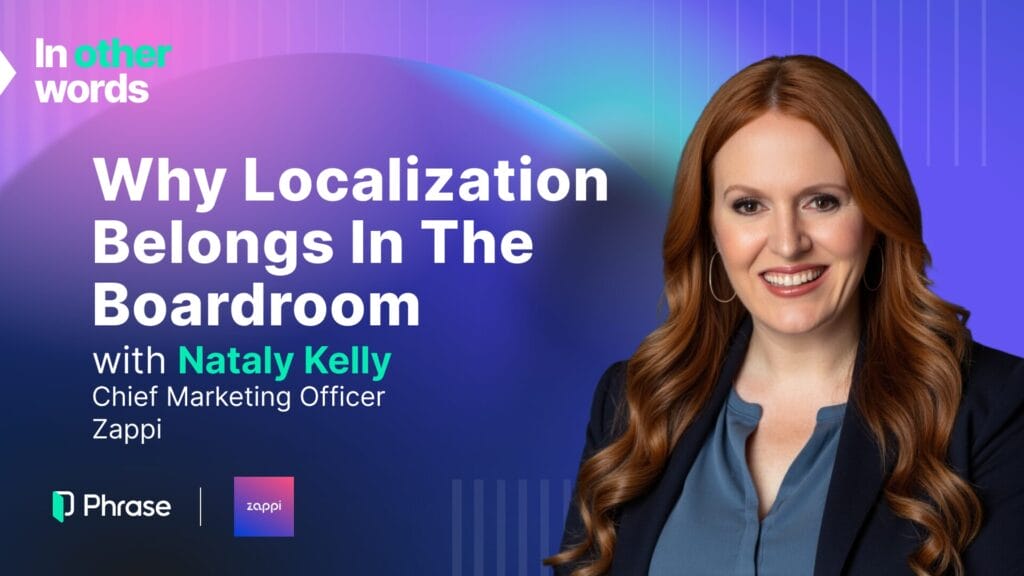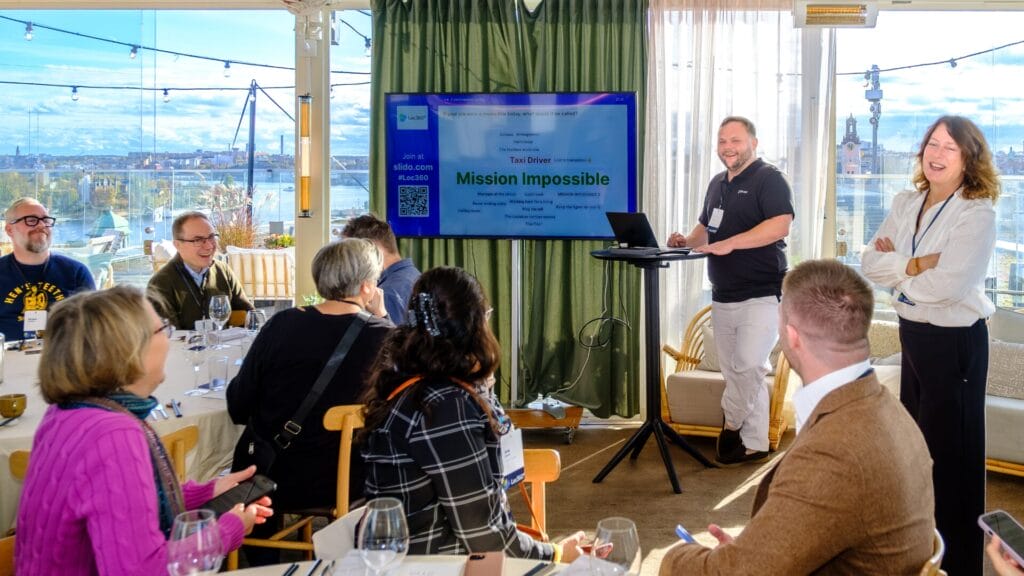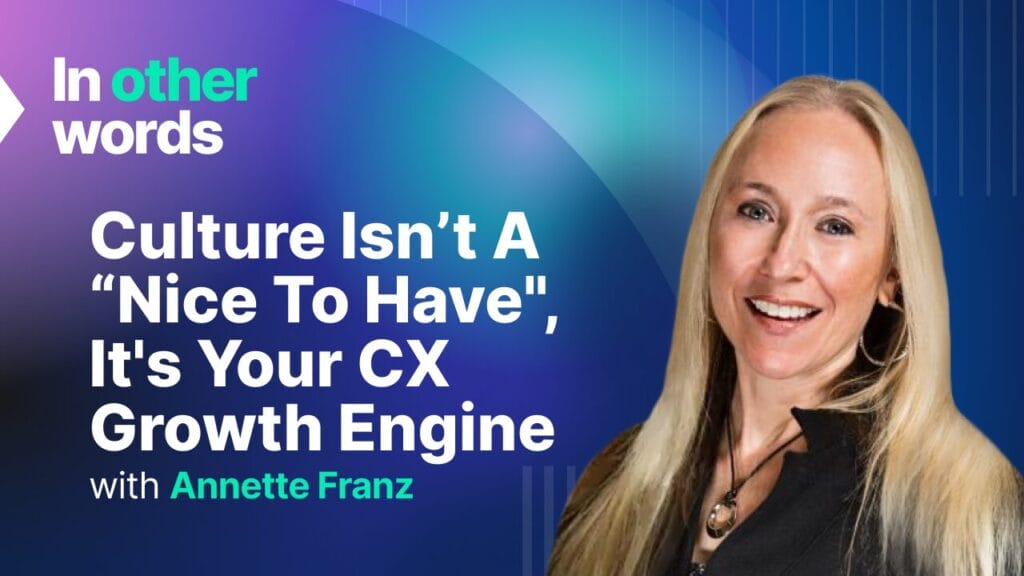This year’s Game Quality Forum in Lisbon brought together hundreds of developers, QA specialists, localization leads, and technology providers to discuss the evolving standards of quality in video games.
Held in a collaborative, community-driven setting, the event showcased not only emerging technologies and strategies, but also longstanding operational challenges that continue to impact player experience and game development workflows.
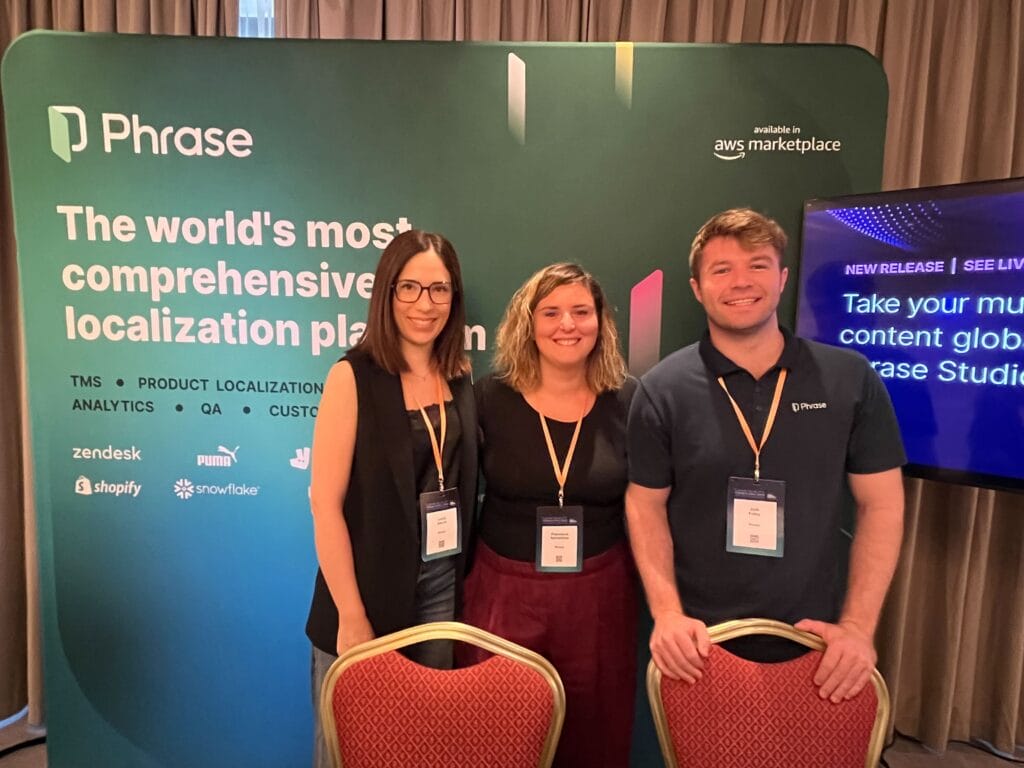
This year, the Phrase team joined as both speakers and observers, coming away with a range of with valuable insights on how localisation is being integrated into modern development cycles. What stood out across presentations, panels, and informal conversations it was clear there’s excitement around what’s new, but also ongoing challenges the industry still needs to tackle.
In this post, I’ve gathered some of the key takeaways, insights and industry trends from the day.
Operationalizing QA: From bug-hunters to strategic partners
A recurring thread across sessions was the role of QA as more than a reactive checkpoint. In her presentation, Game Quality’s Chelsea Curran Adams discussed how QA teams can be repositioned as strategic partners by embedding them earlier in the development cycle.
Using the Liberating Structures model (“1-2-4-All”), attendees examined shared frustrations, from unclear ownership to late-stage testing cycles, and proposed tactical frameworks to redefine QA’s influence upstream.
Similarly, in Mighty Build and test’s Production Designer Lauren Maslen‘s forward-looking talk titled 2030: A Practical Roadmap to a QA Future, the audience were encouraged to imagine hybrid pipelines that rely on invisible testing, context-aware automation, and closer integration with localization, production, and support.
While tools have evolved rapidly and are already alleviating manual, rote work across the dev cycle (and this looks set to increase), technology alone will not ‘solve’ QA issues. Instead, Maslen pointed out that the larger barrier is cultural, with many studios still treating QA as an afterthought, rather than an enabler of better games.
To further this point, several speakers shared how they were piloting early-stage integrations of QA feedback within sprint planning and design phases. It’s an encouraging sign that studios are starting to recognize QA as a co-architect of player experience, not just a post-launch safeguard.
Building systems and talent: Riot Games on localization at scale
Priscilla Bermea from Riot Games delivered one of the event’s most pragmatic and visually impactful presentations. Her talk, Focusing on the Craft to Prioritize the Player, began with a relatable metaphor: localization is a leaky pipe. Teams spend so much time plugging gaps that they can’t invest in the craft of creating exceptional content. Her message: it’s not the talent that’s lacking, it’s the infrastructure.
To address this, Riot introduced a system that centralizes localization operations around task visibility, partner alignment, tooling readiness (MT and AI), and strategic influence. This systemic approach reframes localization not as a service, but as a pillar of player experience. It also highlighted a broader theme: scaling quality demands more than headcount; it demands pipelines built for complexity.
Bermea’s presentation also highlighted how cross-functional collaboration across departments—from engineering to narrative design—was essential in ensuring that localization doesn’t just keep pace with current demand, but helps raise the bar for immersive global experiences.
AI, automation, and the limits of context
Automation was, predictably, a hot topic. In AI-Powered Automation for Simplified-to-Traditional Chinese Translation, Denis Ivanov, Head of Localization for Belka Games, demonstrated how prompt engineering and LLMs can dramatically cut localization costs and timelines without sacrificing linguistic accuracy.
Meanwhile, Gridly and CM Games showcased how they combined Unity, Figma, and localization tooling to eliminate the chaos of spreadsheets and reduce manual dependencies.
However, several talks also reminded attendees that automation without context is fragile. In The First Vertical Slice of Test Automation Inside a Game Team, Romain Gauthier, Senior Test Automation Engineer at King candidly shared how their initial attempts at automated QA failed when context was missing. The solution wasn’t more tooling, but better process design and collaboration between dev and QA.
Participants noted that while automation promises scale, it often amplifies existing weaknesses if not built on shared standards and clear documentation. It’s a simple point but bears constant repetition: the future of automation is human-guided and context-aware.
Emotional quotient (EQ) and burnout: Human challenges in a tech-driven industry
With crunch culture still prevalent and many teams navigating hybrid work, the emotional health of QA and localization professionals came into focus. Two sessions stood out: Leading with EQ and Mental Health in Games and Navigating Uncertainty.
The former explored how emotional intelligence can foster psychological safety and resilience in high-pressure environments. The latter addressed burnout, especially among QA leads who are often caught between shipping demands and player expectations.
Studios like Failbetter Games shared practical tactics for managing uncertainty, including regular mental health check-ins, better resourcing practices, and rotating roles to avoid stagnation. The message was clear: quality starts with people, not just pipelines.
In panel Q&As, participants echoed that fostering trust and encouraging transparency are just as essential to quality outcomes as test coverage or localization throughput. Culture is both the foundation and the output of quality.
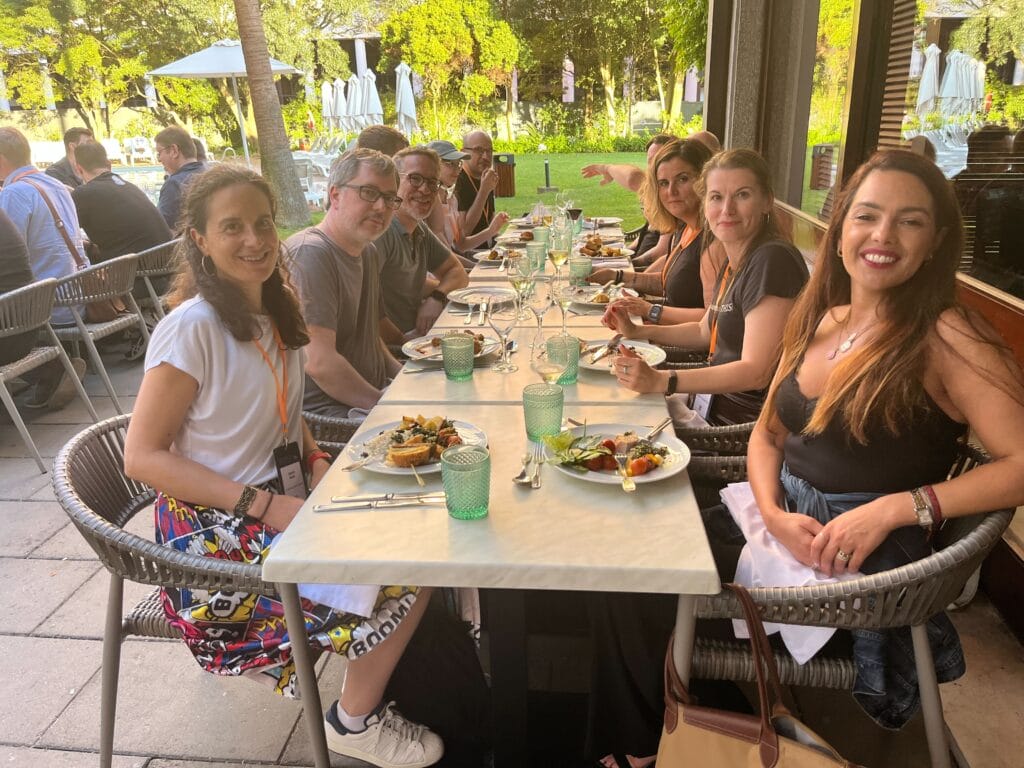
Support as a design function
Increasingly, support teams are seen not as back-office fixers but as frontline UX agents. In The Use of AI in Customer Support and Increasing Player Retention and Easing Onboarding with Proactive Outreach, Pixel Federation’s Andy Zemko discussed how AI assistants, player segmentation, and live feedback loops can dramatically enhance onboarding and retention.
What these sessions shared was a belief that support, QA, and localization are not separate silos but interconnected nodes in a player-centric design process. When insights from support flow back into QA and localization, games evolve faster and with more empathy.
Examples shared included live support chat transcripts being routed into translation memory training sets, and QA using player feedback to fine-tune testing scripts. These are small workflow changes with big impact when applied consistently.
Creative chaos and the case for delays
One of the most human talks of the event was Embracing Delays: How to Adapt to the R&D Nature of the Video Game Industry. Rather than viewing delays as operational failures, Xavier Marot, Chief Production Officer at Focus Entertainment argued that they’re a natural output of creative uncertainty. Drawing parallels with game design itself, the talk advocated for studios to normalize adaptation as a creative discipline.
This reframing supports what many in QA and localization already know: fixed timelines often clash with the unpredictable realities of content pipelines, testing coverage, and narrative branching. Planning for delays, rather than reacting to them, is a mark of operational maturity.
Several teams shared how building in creative buffer zones, dynamic sprinting models, and realistic scoping milestones helped reduce burnout and deliver more polished content.
A strategic shift: Unity, AWS, and Phrase on smarter pipelines
Phrase also took the stage in a collaborative panel with Unity and AWS titled Integrate Once, Translate Forever: Build a Smarter Game Pipeline.
The session showcased how modern teams are transforming localization from a launch bottleneck into a strategic growth driver. Again emphasizing the benefits of integrating localization early, automating workflows, and building scalable systems that meet global player expectations from day one. With insights from Unity’s Junaid Halabi, AWS’s Joris van de Donk, and Phrase’s own Marcs Wilkinson, the panel offered a clear vision towards the smarter pipelines which are now a necessity for global-ready games.
Final takeaways: Same goals, sharper tools, bigger gaps
One thing was clear at this year’s event: the fundamentals haven’t changed. Studios now have better tools at their disposal, but are still grappling with familiar challenges: Late-stage localization, disconnected QA workflows, and insufficient context for automation.
What’s still missing is alignment. Between vendors and clients. Between developers and translators. Between decision-makers and production staff. Game Quality Forum 2025 showed that while innovation is happening, for the moment it’s unevenly distributed. The question now is not whether the tools exist, but whether the industry is ready to use them differently.
At Phrase, we also believe that real change comes not just from technology, but from a shift in mindset. Localization, QA, and support aren’t downstream services. They’re upstream enablers of player delight. This year’s forum confirmed that vision, and challenged all of us to keep pushing it forward.
Level up your game localization
Create legendary gaming experiences and fully immersive environments for your players in their native language.

